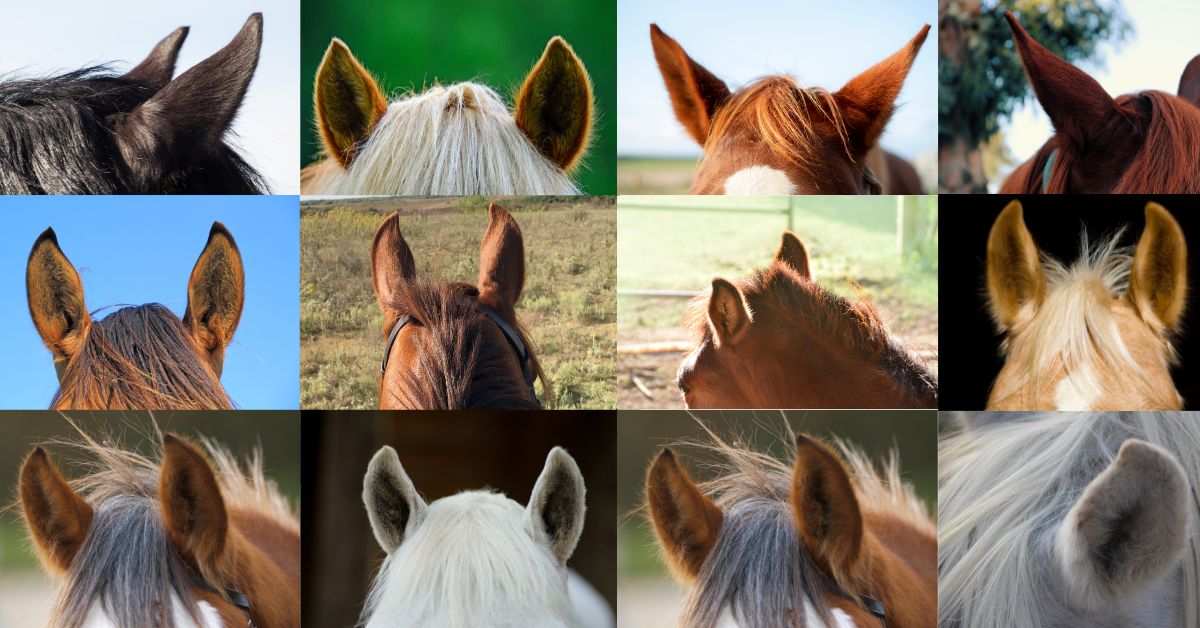Please note: This isn’t an exhaustive explanation of the topic. It’s a 7 minute speech that I gave at the Toastmasters Club I joined last year to get less rubbish at public speaking, so what’s in here is what would fit in the time I had available.
Anyone who has been around horses will tell you that each horse or pony has a unique personality which motivates their behaviour towards other horses and humans.
According to the American Psychological Association, the term personality refers to “the enduring characteristics and behaviour that comprise an individual’s unique adjustment to life”. Like people, horses’ personalities are directly influenced by their life experience.
For example:
- inconsistent treatment, like not knowing whether your actions will result in praise or punishment, may erode self-confidence and make an individual reactive.
- unstable living conditions, may contribute to feelings of isolation, and make an individual appear withdrawn.
More than we realise in common
We might be at opposite ends of the food chain – horses are prey animals and humans are predators – but we have something in common. Our decision-making processes have the same objective, which is to stick together with others of our kind and to stick to what we know, or what has worked well for us so far.
Sticking together is a logical concept when we consider that there’s a limit to what a single horse or human can do on their own in the face of potential threats. As highly social creatures, we are wired to do almost anything to avoid being removed or rejected from a group.
As far as the ‘stick to what you know’ part, horses make decisions in roughly the same way that humans do, using heuristics or mental shortcuts, which are processes in which we compare situations we are faced with, to everything we know about how similar situations have turned out for us in the past. In humans, these default responses can be criticised as bias or narrowmindedness, but we know that they’re the same responses that have enabled the human race to flourish.
We also know that humans don’t need words to communicate or understand meaning in a social context, and while it might be tempting to assume that because horses can’t speak, they’re not very bright, I know lots of people who can speak, and this fact alone does nothing to suggest intelligence on their part.
In an often-misquoted informal experiment, psychologist Albert Mehrabian arrived at the conclusion that human communication consisted of roughly:
- 55% visual cues (postures and gestures of the speaker),
- 38% vocal cues (variations in tone, tempo and volume) and just
- 7% verbal cues or spoken words.
We know that it’s not as simple or exact as that, but it does give some idea of the approximate ratios.
What communication looks like in horses if they can’t speak
The same 55% of visual cues and 38% vocal cues that we use in our communication is what they use in theirs, with the addition of the cues from a horse’s ears, which make meaning or attention clear.
A horse’s ears can be moved independently of one other and rotated up to 180 degrees
- When they point their ears forward or back, they are attempting to locate, funnel and magnify sound coming from the direction their ears are pointing in, to help them work out what it’s likely to do.
- When their ears become floppy or droopy, they are relaxed or drowsy.
- When their ears are held halfway back, they’re assuming a submissive pose, but
- When their ears are pinned all the way back against their neck, they are issuing the equivalent of a code red.
Ears flat back against the neck is the loudest and clearest message that a horse can send that it’s not happy about something and that it’s getting ready to do something about it. Bite, strike out with its front feet, kick out with its back feet, or run as far away as it can get.
Many of the body postures that we see in horses, translate to those we’re able to understand the meaning of in humans.
- Tense body posture, head up high, wide eyes, weight shifting or taken on the back feet, quick glances from side to side, ears alert and pointing forward or moving around rapidly. This indicates a fearful horse that’s getting ready to react.
- Submissive posture, soft, wide eyes, ears held half-way back. This indicates a lower status horse asking to be accepted by a higher status horse.
Trusting relationships
A horse’s trust has to be earned and there are no shortcuts to getting there. Once established, a trusting relationship with a horse can feel surprisingly uncomplicated and intuitive. It may be why so many of us, women in particular, develop such close bonds with the horses in their care.
It’s fairly usual to see a horse owner going without, so that their horses want for nothing. Money that other people would spend on overseas holidays or new furniture, horse owners will happily spend on a shed full of hay, vets bills or property improvements to benefit their horses. It can be hard for non-horse owners to understand why any sane person would choose to do this.
But what the fancy holiday and new furniture people don’t see, is the moments when these magnificent creatures invite us into their silent, uncomplicated world. Gentle, intimate moments where they tell us with absolute certainty that they accept us as part of their herd and trust us to keep them safe from a human world they don’t understand.
Some moments as fleeting as a soft nose touching our hand and lingering there, but any of them intoxicating enough to keep us pushing wheelbarrows and shovelling manure until the next precious moment comes along.

